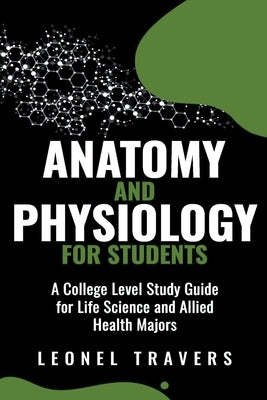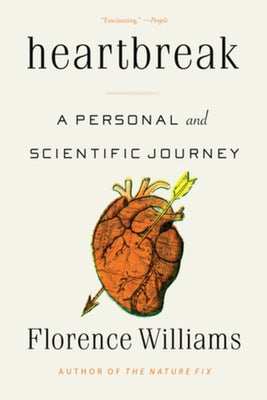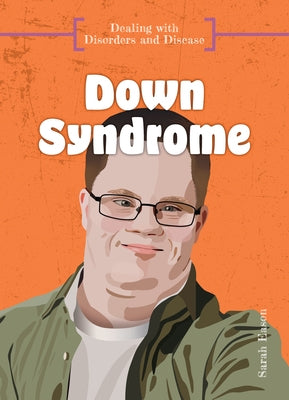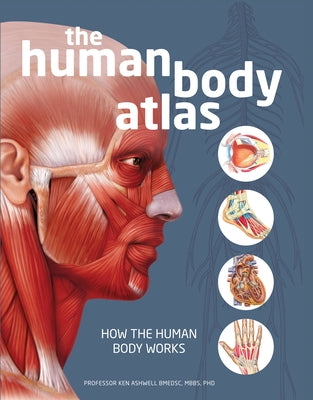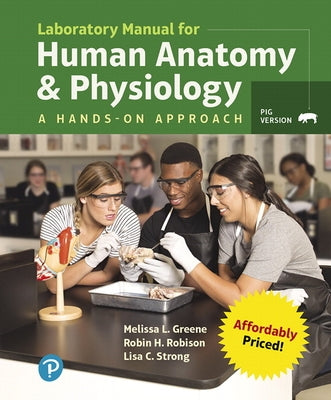Sale 10% Off Your First Order
Sale 10% Off Your First Order
Movies & TV
Toys & Collectibles
- Home
- Study Guide to Human Anatomy and Physiology 2
Description
Welcome everyone to your guide to Human Anatomy & Physiology 2 This text will cover endocrine system, blood, heart, arteries, veins, lymphatic system, respiratory system, digestive system, urinary system, water, electrolytes, acids, reproductive system and development. I have been teaching college level human anatomy and physiology for many years, as well as other courses. My other classes taught have included: pathophysiology, biology, zoology, microbiology, and others. In this time I have seen thousands of students. I have learned through the years the best ways to learn the most information in the least amount of time. There are two ways to study, smart or hard. If you will follow my information and learn the key points of each chapter, you will make an excellent grade in your A&P class. In each chapter concentrate your efforts on learning the key terms. The key terms are the ones you are most likely to see on your exams. Learn to associate words and how to connect them. For example, anatomy is the study of the structure of the human body. Look at the key words in this sentence, anatomy and structure. Learn how to pick out these key terms and remember them, not the entire sentence or paragraph full of information. When given a paragraph, page or whatever; just memorize the key words and then learn how to associate them. Learn what they have in common and be able to speak from one word to the next. This will be the best way to learn your anatomy text. I will make the assumption that anyone reading this book is taking human anatomy and physiology. You will still need your text, but more as a reference to pictures and such. This guide will give you the important information from the chapters, which will be what you are most likely to see on an exam. Sample questions will be included, which are also the most likely for you to see on an exam. Note also that this book is not a guide for A&P lab. An anatomy lab book is little more than a book with lots of pictures in it. That is what anatomy is, memorizing parts and pieces of the body. You simply look at the picture in your book and then learn those parts on a model. You may be looking at a skull, brain, kidney, etc., it is simple memorization. This book is more to help you with the lecture.
Related Products
You May Also Like
-
$7.99 $9.99
-
$12.99 $17.95
-
$9.99 $12.99
-
-
-
$21.99 $29.99
-
$35.99 $48.99
-
Recently Viewed Products
Related Products
Recently viewed products
Shopping cart
close
-
WHAT ARE YOU LOOKING FOR?Search
- Home
- Movies & TV
- Music
- Toys & Collectibles
- Video Games
- Books
- Electronics
- About us
- Castle Chronicles
- Contact us
- Login / Register



